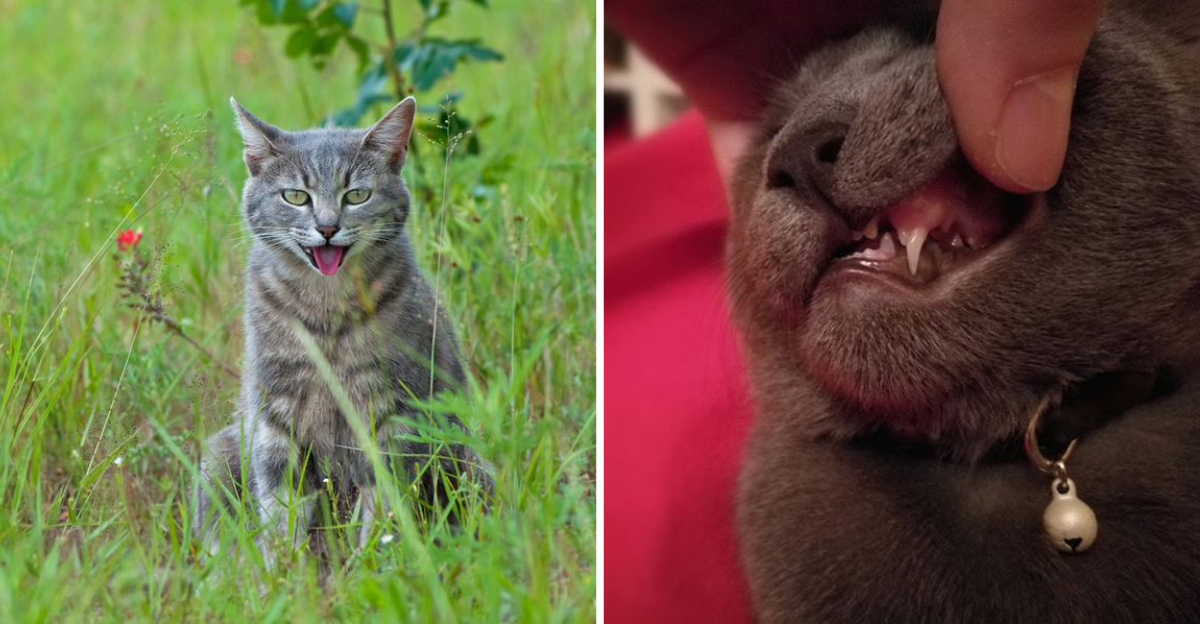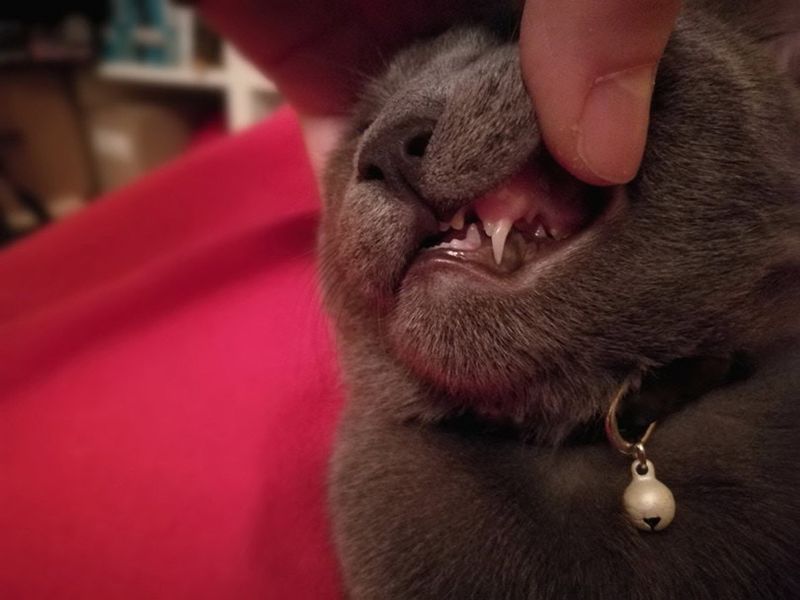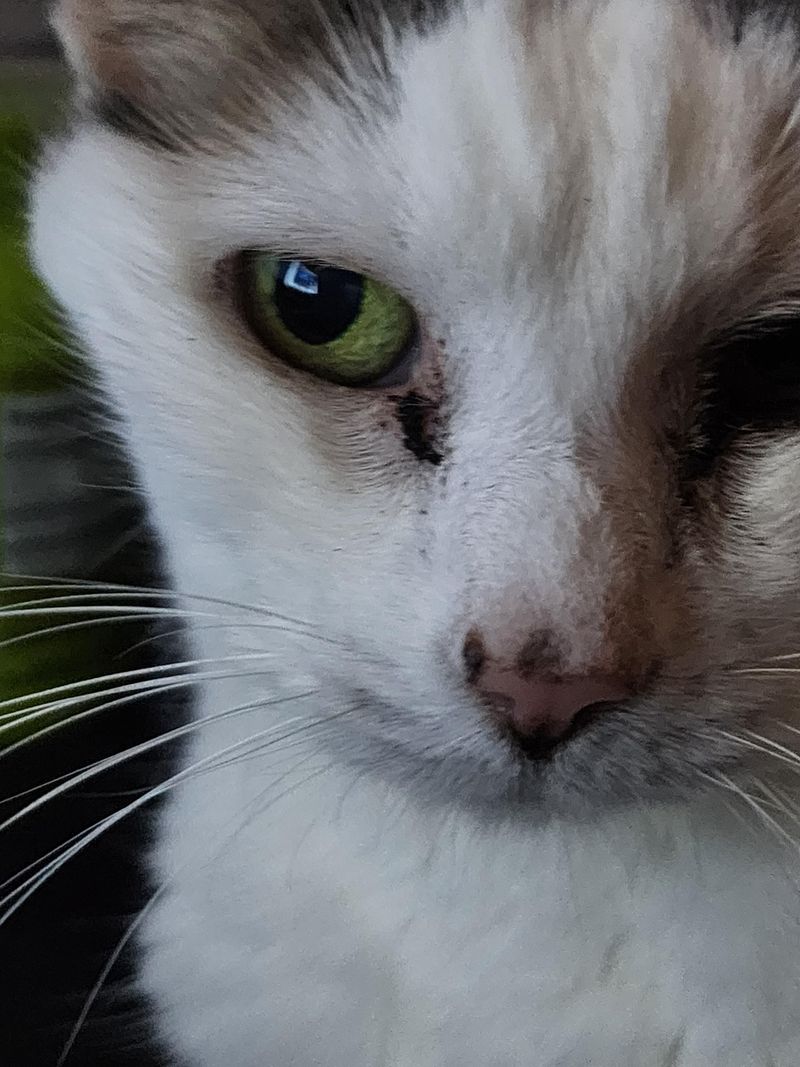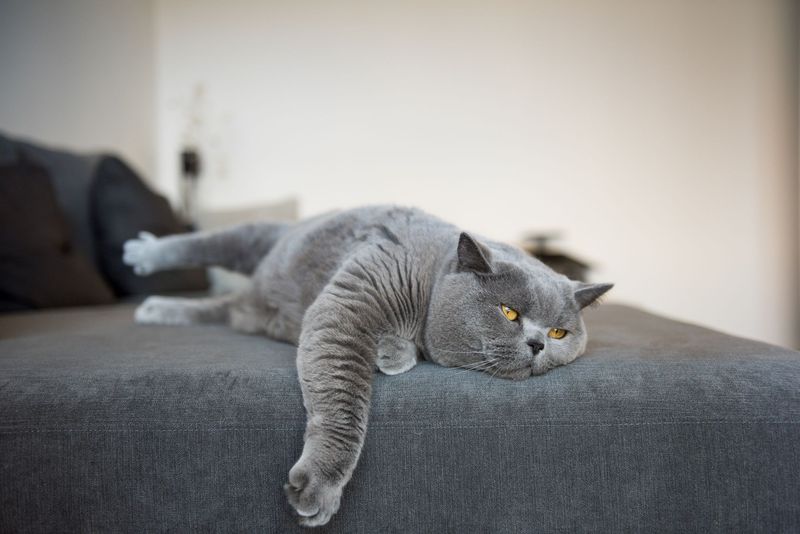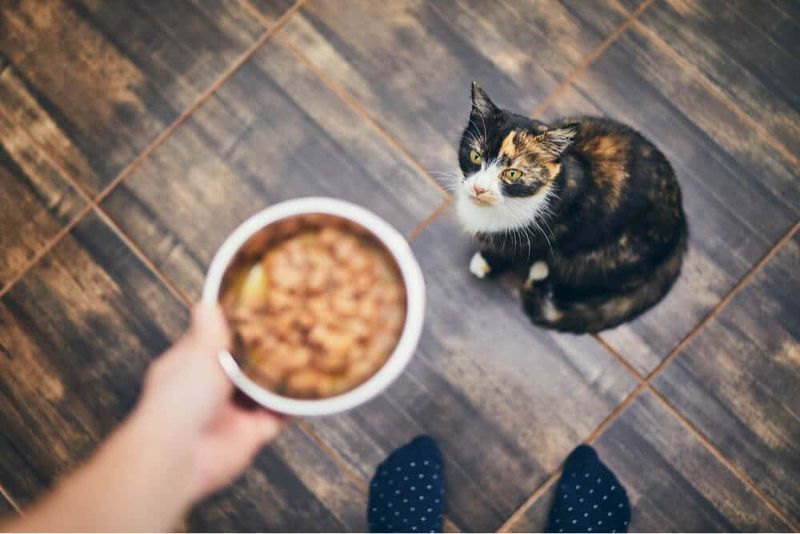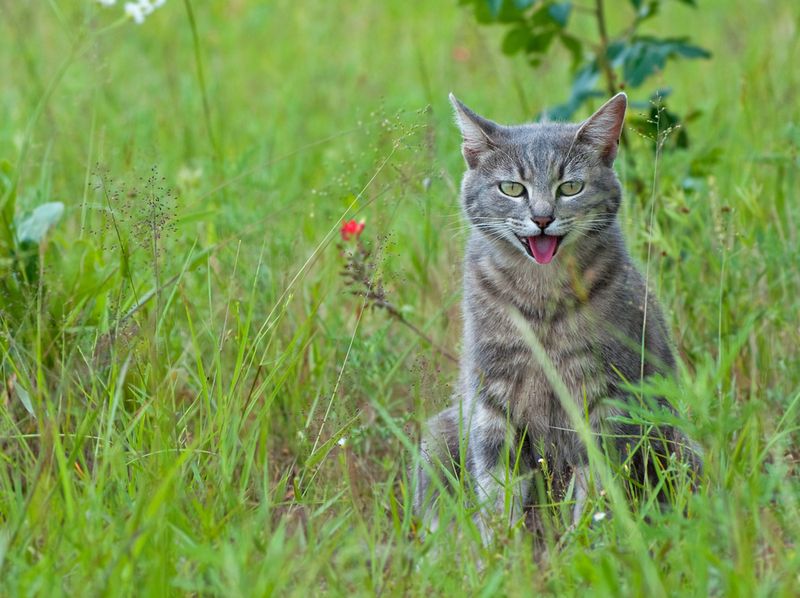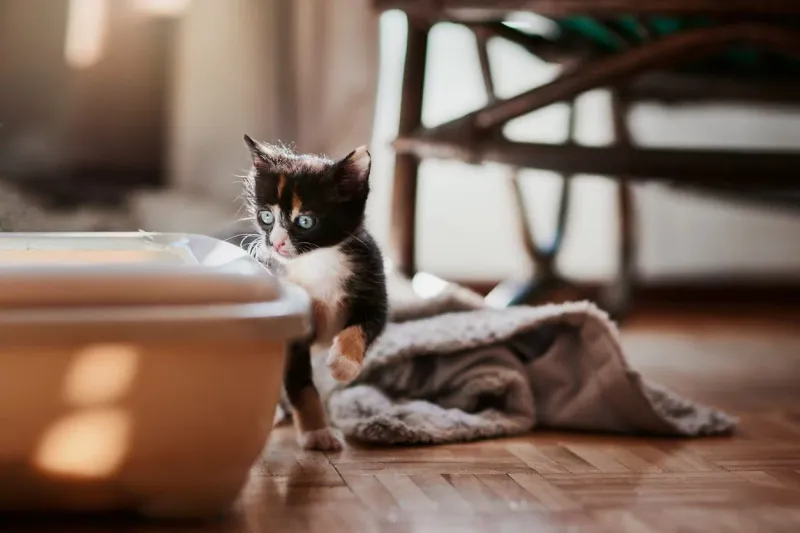📖 Table of Content:
Cats, known for their independence and subtle nature, may not always show obvious signs of discomfort. Dehydration can be a hidden threat to their health, and recognizing the symptoms early is vital. This guide outlines seven signs to watch for, ensuring you can provide the best care for your feline friend.
1. Loss of Skin Elasticity
Have you ever noticed how quickly your cat’s skin snaps back into place? If it doesn’t, it might signal dehydration. This is known as skin tenting. When a cat is well-hydrated, its skin retains elasticity. Gently pinch a small section of skin between the shoulder blades and release it. In a healthy cat, the skin will bounce back swiftly. If the skin takes time or stays tented, dehydration could be the culprit. It’s a simple yet effective method to gauge your cat’s hydration status.
2. Tacky or Sticky Gums
Your cat’s mouth can tell you a lot about its hydration levels. Feel their gums by gently lifting the lip. Healthy gums should feel moist and slick. A dry or sticky texture suggests dehydration, indicating a need for more water. Cats rely heavily on proper hydration for maintaining their overall health, and gums are a telling sign. If your furry friend’s gums are tacky, it might be time to offer it some fresh water and consult a veterinarian.
3. Sunken Eyes
Sunken eyes can be a troubling sight. This condition often means that your cat’s body is conserving water by pulling fluids from less essential areas. Their eyes might appear dull or recessed. For cat owners, recognizing this sign is crucial. Dehydration not only affects the eyes but can also impact the cat’s overall energy levels and behavior. If you notice your pet’s eyes looking unusually sunken, it may be a prompt to check for other dehydration signs.
4. Lethargy and Weakness
Ever found your cat less playful than usual? Lethargy and weakness can be indicators of something more severe, like dehydration. A dehydrated cat might seem unusually tired or sluggish, showing little interest in its favorite activities. This lethargy results from the body’s struggle to function without enough fluids. It’s a noticeable change in behavior that shouldn’t be ignored. If your cat lacks its usual vigor, ensure it’s hydrated and observe any other accompanying symptoms.
5. Loss of Appetite
A cat’s appetite can reveal much about its health. If your feline friend is suddenly ignoring its food, dehydration could be the reason. The body’s priority shifts to essential functions during dehydration, often reducing hunger. This shift is the body’s way of conserving energy, indicating a more serious issue. As a diligent pet owner, observing such changes and ensuring your cat receives adequate water can prevent further health complications.
6. Panting
Panting in cats is rare and often a sign of distress. Unlike dogs, cats don’t typically pant unless something is wrong. Severe dehydration can trigger panting as the body struggles to cool down. This unusual behavior is a clear signal that immediate attention is needed. If you observe your cat panting, it’s vital to assess its hydration and seek veterinary advice. Panting indicates that the cat’s body is under stress, requiring prompt care.
7. Decreased Urination
Is your cat using the litter box less frequently? Decreased urination can be a sign of dehydration. When a cat is dehydrated, the body attempts to conserve water, resulting in less frequent trips to the litter box. Monitoring your cat’s urination patterns can provide valuable insights into its health. A noticeable reduction should prompt further investigation and potentially a visit to the vet. Ensuring your cat has access to water and observing changes in its elimination habits is crucial for its well-being.
